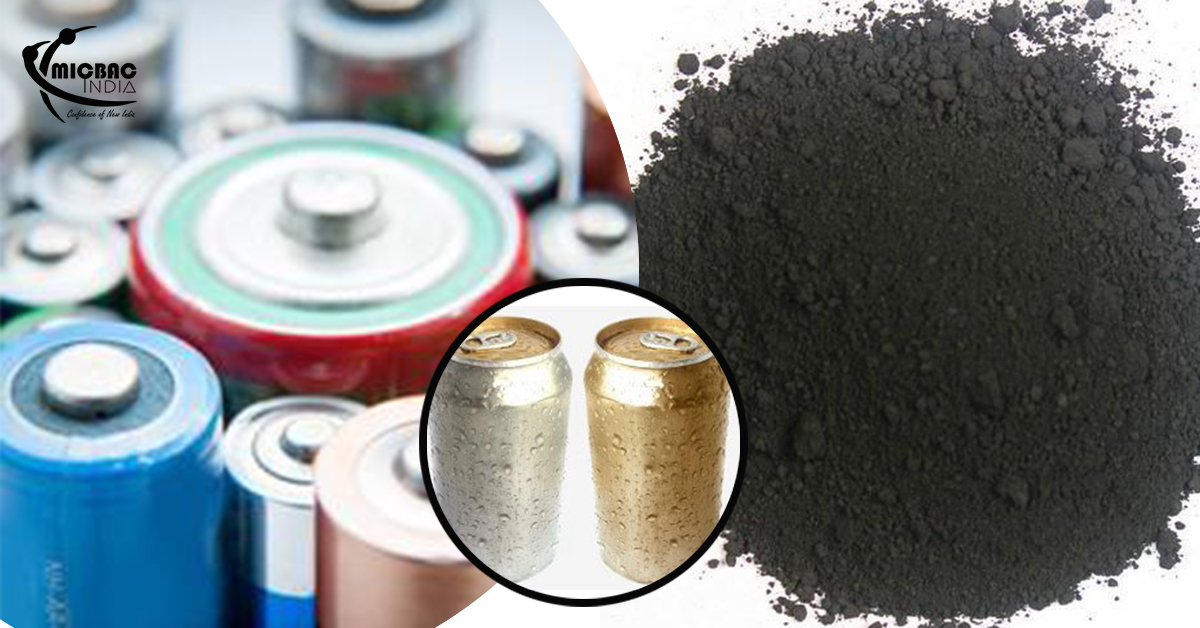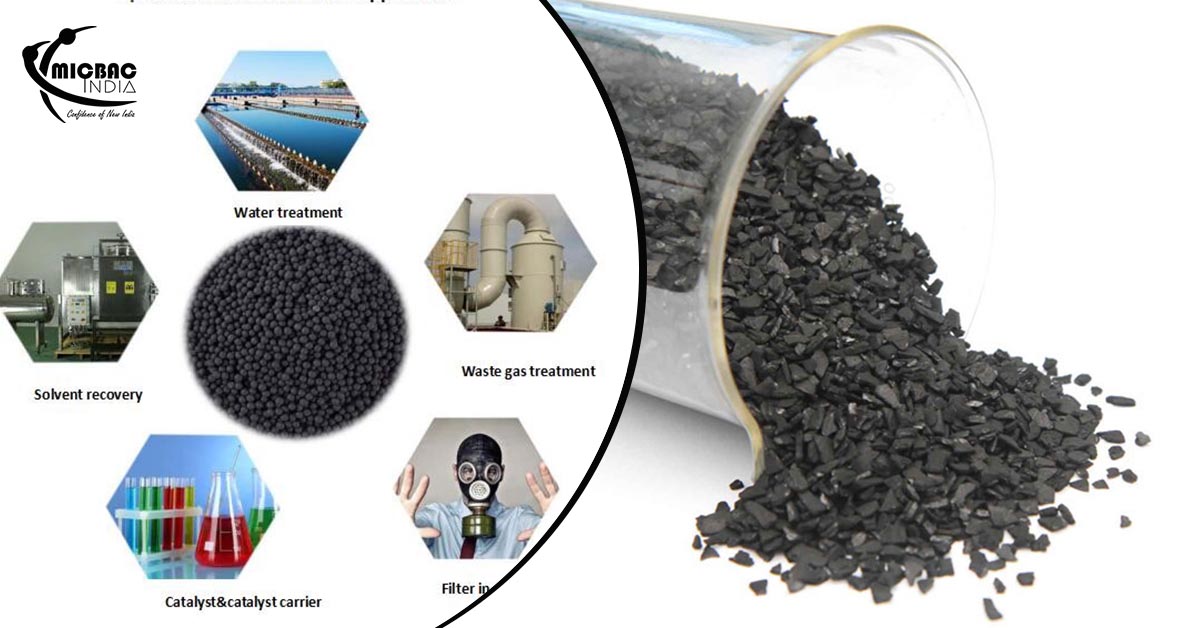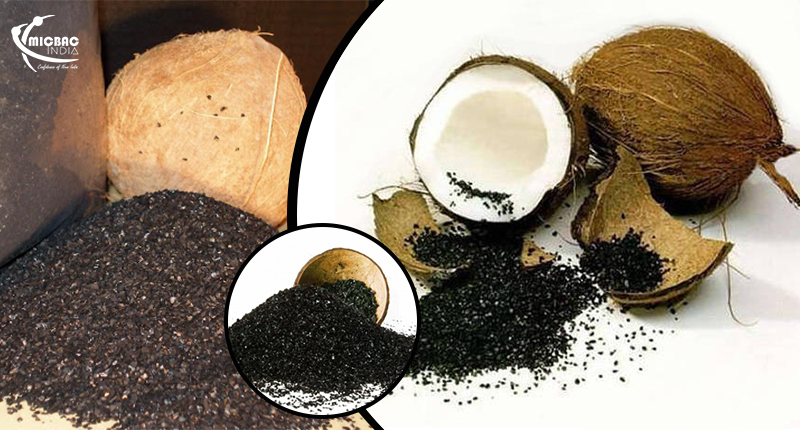If you are all set to update your knowledge about Manganese dioxide, give this blog a run through!
Water treatment is an important procedure that is used for purifying the water and making it available for use to the industrial sector as well as the general population. Among the various types of materials that are used for achieving this goal, perhaps one that deserves special mention is of course Manganese dioxide (MnO2). So let’s have a look at some of the physical and chemical properties of Manganese dioxide and see how it can be used for various purposes.
Chemical Properties Of Manganese Dioxide And Some Uses
Manganese dioxide (MnO2) is a type of inorganic compound that naturally occurs as a black or brown-colored material. In most cases it is referred to as pyrolusite. Numerous tests have shown that Manganese dioxide is a very powerful material for carrying out water treatment. However, its uses are not simply limited to water treatment. Batteries can be manufactured with the help of Manganese dioxide. Other products that can be made with the help of Manganese dioxide include electronic circuitry, beverage cans as well as agricultural fungicides and pesticides.
Manganese dioxide is used extensively for groundwater applications. It is highly effective when it is used for the purpose of removing hydrogen sulfide, iron, manganese, radium and arsenic. Chemically it is a catalyst that can pave the way for clean water as well as a wide range of other vital functions.
Manganese Dioxide Applications In History
Manganese dioxide has a long history and it has been found that Stone Age men used it during upper Paleolithic period for making cave paintings. Spartans also made use of Manganese dioxide in Ancient Greece for making steel. This made it possible for them to develop weapons that were far superior to the ones used by their enemies. Later the Romans and Egyptians used MnO2 for making glass so that purple, pink and black tints can be produced on the surface of the glass. At one point of time, Manganese dioxide was one of the main ingredients for making chlorine. The Manganese dioxide compound was also used for improving the hardness and stability of iron. Nowadays Manganese dioxide is also used for the production of batteries.
Manganese Dioxide As A Powerful Catalyst
Since Manganese dioxide is one of the most powerful catalysts known to man, it can be used for water treatment. It basically acts as a filtering agent for the water. The catalytic reaction caused by Manganese dioxide during chemical oxidation-reduction process can help to get rid of iron, arsenic, manganese, H2S and radium. The reaction makes it possible for non-oxidized iron and manganese traces in the water to precipitate so that it can be directly adsorbed into the MnO2 media.
Use of MnO2 by various forms of media
Different types of media in water treatment industry make use of MnO2 in numerous ways. There can be lightweight media that makes use of Manganese dioxide as well as pyrolusite media that incorporates a high volume of this compound. When a media makes use of high amounts of MnO2, it can go as far as 70% to 80%. A wide range of media incorporates Manganese dioxide as a hosting material. Usually these products are rather light and they can work well with lower backwash rate. One of these products that deserve a mention here is greensand. It is basically zeolite that is further coated with Manganese dioxide. The manufactured media components may also need further regeneration with KMnO4 or potassium permanganate for retaining the MnO2 properties. Manganese dioxide has achieved widespread penetration because it has very strong absorbing properties which can work well for the water treatment projects.



